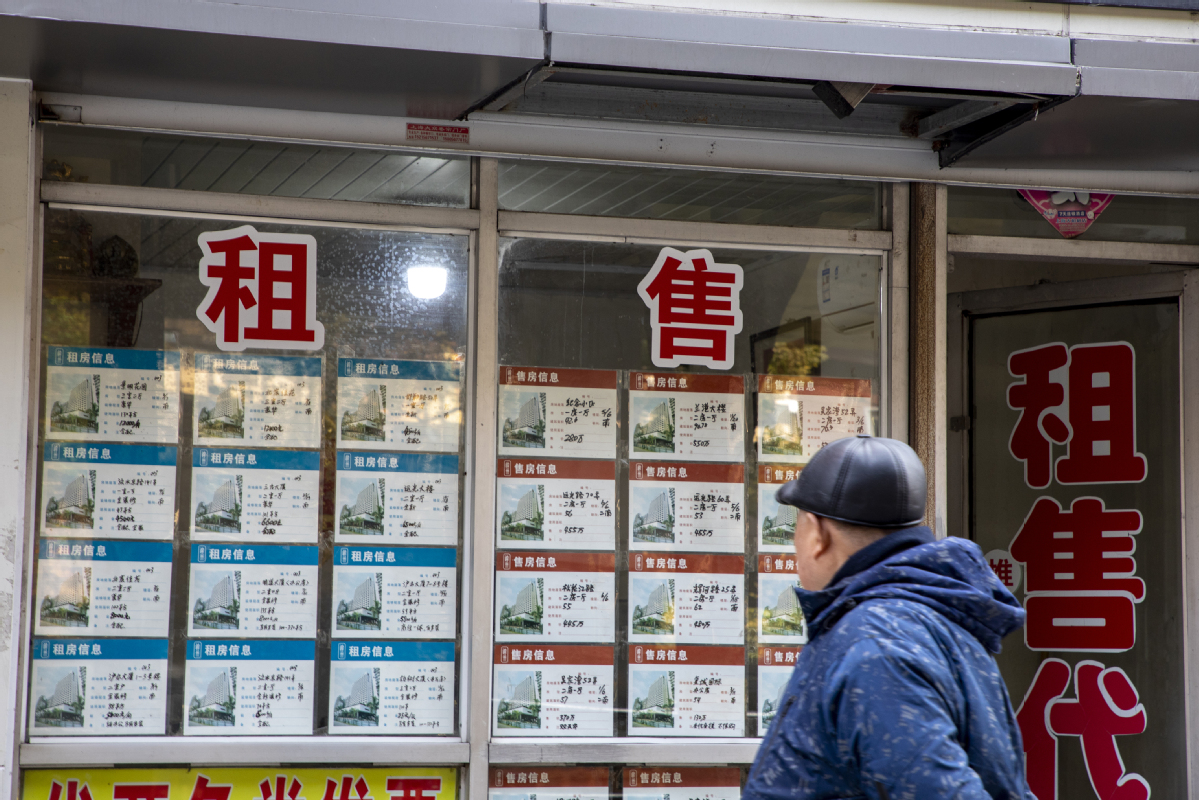In quest of healthy property recovery


Shaun Brodie, senior director and head of occupier research of China at Cushman & Wakefield, said that solving funding issues is now a top priority for a number of residential real estate enterprises. Therefore, central and local government measures not only assist residential property buyers but also bolster the residential real estate industry in general, steering it toward a stable development path.
In fact, previous measures have already taken effect and helped stabilize demand in first-tier and major second-tier cities, said Sheng Xiuxiu, residential sector research director at JLL China.
For instance, believing the home market has bottomed out and the timing to be good for buying a home, Zhou Shi, 28, a white-collar worker at a rental housing company in Shanghai, recently moved out of a rented apartment that had been her home for several years. Zhou is now a proud homeowner, having bought a pre-owned flat in Shanghai's sought-after Jing'an district for 4.5 million yuan ($621,032).
"I used to pay more than 5,000 yuan toward the monthly rent for the old apartment. Now, that money goes toward the mortgage, and I get to own this flat," said Zhou.
The PBOC's third-quarter survey published on Oct 9 showed many other prospective homebuyers such as Zhou are likely to make a similar choice. In the survey, 17.1 percent of the respondents said they have plans to buy homes in the coming three months. In the second quarter, the corresponding figure was 16.9 percent.
Among the 20,000 urban depositors from 50 Chinese cities polled, 14.8 percent of them expected home prices to rise in the last quarter, while 56.6 percent believed there will be little change in home prices.
"With constant improvements made to policies, and given the efforts to ensure timely delivery of residential projects, we believe market confidence will recover further," Sheng of JLL China said.
The residential property market is beginning to see some green shoots amid the overall market downtrend, some experts said.
The four top-tier cities outperformed lower-tier cities in home transactions, with their average new home prices growing 2.7 percent year-on-year in September, NBS data of Oct 24 showed. Meantime, second-tier cities such as Hefei in Anhui province, Chengdu in Sichuan province and Hangzhou in Zhejiang province all reported year-on-year as well as month-on-month growth, which contributed to their good economic fundamentals, industry experts said.
Commercial property sales declined at a slower pace, both in terms of floor area and value. During the January-September period, some 1.01 billion square meters of commercial real estate was transacted, down 22 percent year-on-year, lower than that of the January-August period (down 23 percent year-on-year). In terms of value, sales dropped 26 percent to 9.94 trillion yuan during the nine-month period — milder compared to the almost 28 percent decline in the first eight months.
Despite such positive changes, the overall downtrend has led to calls for further efforts to maintain the property market's stable and healthy development, said Fu Linghui, spokesperson of the NBS and director-general of the Department of Comprehensive Statistics of the NBS during a State Council Information Office news conference in September.
"Given this situation, all interested parties are trying hard to find new business models and introduce new policies to ensure market stability. In addition, given market fluidity, these measures need to be constantly modified and further validated, which will require continuous further efforts by all the parties concerned," said Brodie of Cushman& Wakefield.




































